The Florence Planning and Zoning Commission unanimously approved a rezoning application for Westland Village on June 5, 2025, forwarding a recommendation of approval to the Town Council with a 4-0 vote with one commissioner absent. The 40-acre development at the southwest corner of Butte Avenue and Centennial Park Avenue received approval to rezone from Rural Agricultural (RA-10) to Single Family Residential (R1-6).

The project returned to the Planning and Zoning Commission after the Florence Town Council unanimously rejected a previous version in April 2025. The applicant redesigned the proposal to address council concerns about the original Planned Unit Development approach.
Development Overview and Location
Westland Village spans 40 acres at the intersection of two major roads in Florence’s growing north end. The property sits surrounded by existing residential ranchettes to the north across Butte Avenue, R1-6 zoned Sunrise Estates to the east, Bisbee Ranch residential community along the southern boundary, and an undeveloped 40-acre parcel zoned as Territorial Square to the west.

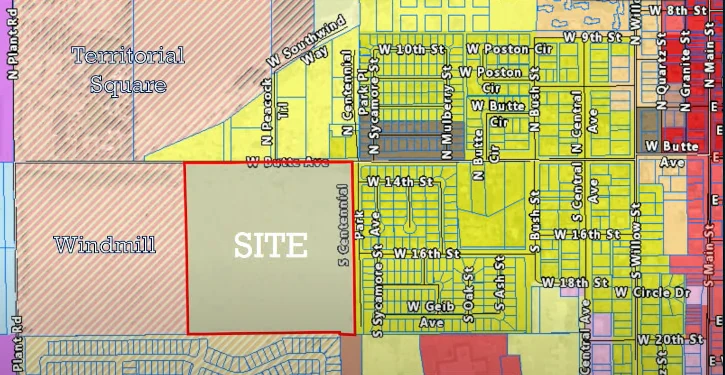
The Territorial Square parcel, owned by Harold Christ of the Windmill Winery, has plans for future expansions of the Windmill Winery according to Senior Planner Maricella Benitez. The Westland Village property is not part of the Territorial Square development.
Previous Application History
The Westland Village project first appeared before the Planning and Zoning Commission as a Planned Unit Development (PUD) proposal. The commission unanimously passed that version with a forward recommendation of approval with conditions to Town Council. However, Town Council rejected the PUD application, determining that a planned unit development was not the best use for the property.
On April 1, 2025, the Florence Town Council unanimously rejected the PUD proposal. During that meeting, council members expressed concerns about creating “vested rights” that might bind future councils to current decisions. Multiple council members worried about potential negative impacts on the successful Windmill Winery business. The council also questioned the proposed density and multi-family component that could harm the established local attraction.
Town Council decided that a planned unit development was not the best use for the property, with the winery owner and some local people preferring a ‘hard zone’ instead of the planned unit development designation.
Response to Council Rejection
Following the Town Council’s rejection, the applicant returned with a fundamentally different approach. Jason Sanks of iPlan Consulting explained that the new application addresses the concerns raised during the previous review process.
“We hope we’re coming back with an even more palatable solution for land use and zoning on this property,” Sanks told commissioners during his presentation.
The key change involves switching from a PUD to straight R1-6 zoning—what planners call “hard zoning.” This approach eliminates the flexibility and uncertainty that concerned council members about the previous proposal.
Hard Zoning Benefits
The R1-6 designation brings specific development standards directly from the town code rather than from a separate PUD document. This hard zoning requires a minimum lot size of 6,000 square feet and includes predetermined setbacks, height restrictions, and design regulations.
Sanks estimates the development will yield 120 to 160 dwelling units, calculating three to four dwelling units per acre as a reasonable expectation. He noted that five units per acre remains theoretically possible but considers three to four units more realistic when accounting for open space, retention areas, and streets.
Commissioner Jeffrey Wooley asked specifically about anticipated density, and Sanks confirmed the three to four units per acre estimate based on typical R1-6 development patterns.
Development Benefits
The rezoning will support several community goals according to the applicant’s presentation. The development complies with the General Plan’s Town Center land use designation and will serve as a catalyst for future commercial and entertainment development at Territorial Square.
Sanks emphasized that new single-family home development brings more families to support commercial development, often preceding such commercial growth. The project will provide housing for current and future Florence residents and employees while helping develop a compatible project in the vibrant and diverse area.
The development will include building necessary roadways and extending utilities while bringing more activity to support Territorial Square and downtown commercial areas.
No members of the public attended the required neighborhood meeting on May 21, 2025, and no residents spoke during the commission’s public hearing.
Windmill Winery Owner’s Evolution
Harold Christ, owner of the Windmill Winery and the adjacent 40-acre Territorial Square parcel, significantly shifted his position on the Westland Village project. During the previous PUD review process, Christ voiced strong concerns about the development plan.
At the earlier commission meeting reviewing the PUD proposal, Christ criticized the development, stating “I’m seeing something that is not very creative.” He questioned whether Butte Avenue would be widened, stressed the importance of a development agreement, and concluded by questioning whether the project truly enhanced Florence’s growth and character.
However, Christ now supports the revised proposal. Chairman Frost read an email from Christ into the public record during the recent meeting. The email, addressed to Mayor Eaton and Council members, states: “I’m writing in regard to the zoning of the project known as Westland Village. I would like to express my gratitude for your efforts to align this project in keeping with Florence’s future planning. Therefore, I’m in favor of the plan as submitted.”
Sanks noted that Christ initially had concerns with the PUD request but now supports the R1-6 straight zoning that matches residential zoning to the east and north.
Commission Questions and Approval
Commissioner Wooley asked about the development timeline. Sanks acknowledged uncertainty about the timetable, saying “I’m not certain that they have a timetable yet,” before estimating “probably at least a couple of years if the housing market holds solid.” The current application represents “putting the flag in the ground of the appropriate land use” since development cannot proceed under existing agricultural zoning.
The project’s traffic impact analysis shows that all study intersections currently operate at Level of Service (LOS) B or better during peak times. The analysis projects that intersections will maintain LOS B or better at project buildout, and reach LOS C or better during peak times when the broader Territorial Square development comes online.
Commissioner Gordon Leaman recommended connecting the development to 16th Street, noting ‘we’re making these pockets around town, and we need to make the town cohesive.’ He suggested the connection would link to Bisbee Ranch at the south end and provide better overall connectivity than previous plans.
Commissioner Leaman made the motion for approval, which Commissioner Duane Proulx seconded. The commission approved the rezoning with staff conditions by a 4-0 vote.
Final Decision Awaits
The rezoning recommendation now advances to the Florence Town Council for final consideration. The council will need to approve the straight zoning change before the developer can proceed with preliminary plat applications and detailed development plans.
The shift from PUD to hard zoning appears to address the major concerns that led to the previous unanimous rejection. With the Windmill Winery owner’s support and the elimination of undefined multi-family components, the project may face a more favorable reception from the Town Council than its predecessor.
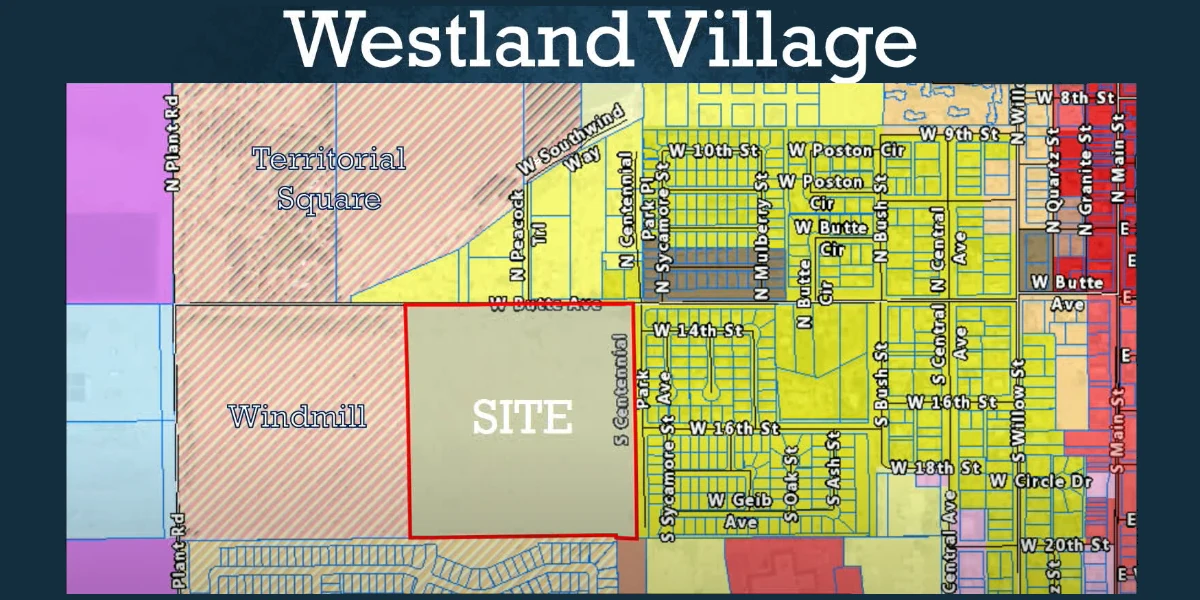
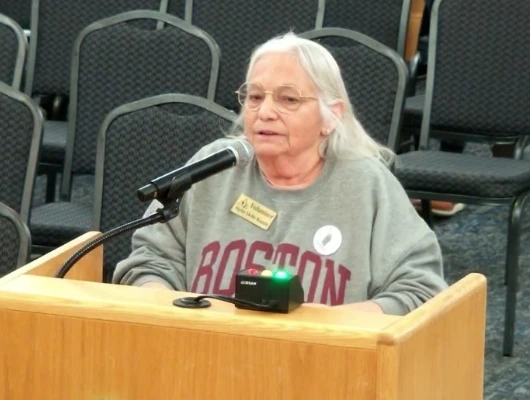
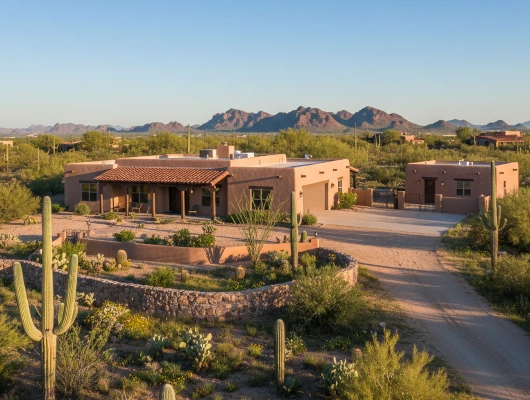

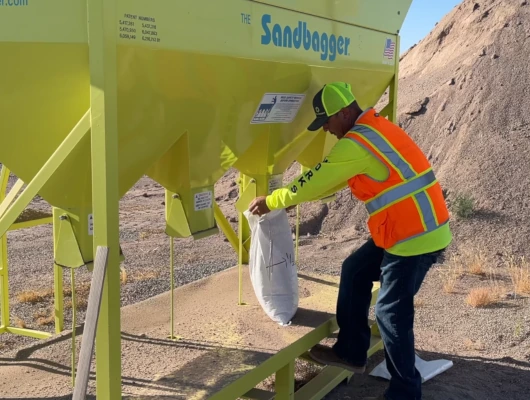

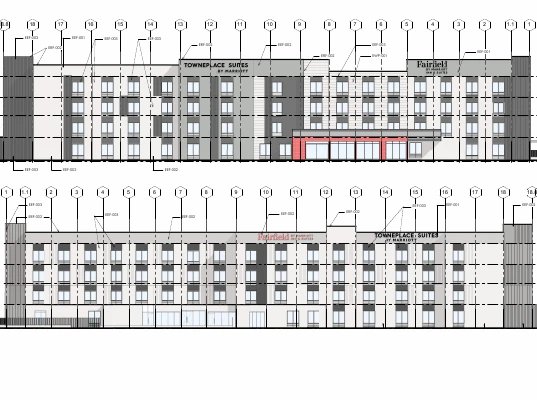

The city of Florence should focus on the Infrastructure Development , the water Resources , especially the water Reclamation Facilities. There are Multiple Environmental Impacts , sewage pollution, not to mention Horrible Smells which are effecting The Community Residents and quality of life. please fix what is happening Currently with the Anthem Water Reclamation Facility. Also we need food Resources we have 1 main grocery store which Can’t service the community and current residents . Also quality jobs are needed and a
Transportation System . Adding more Residential properties should be last priority at this time .